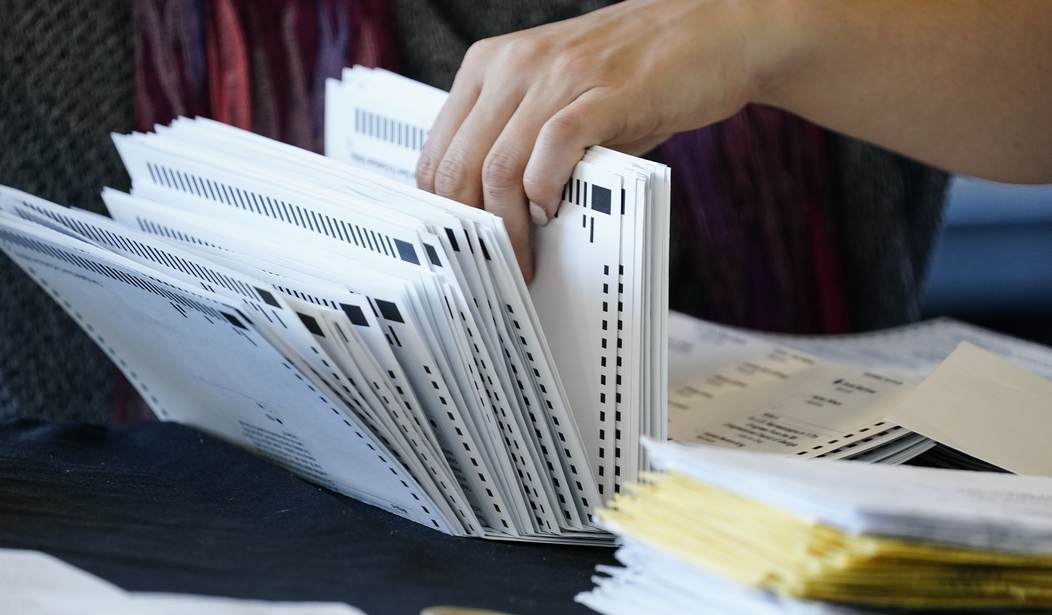To say the 2020 election was unlike any other in American politics is an understatement. The pandemic halted the primary season. The political conventions went from being party celebrations to socially distant virtual events. A massive expansion of mail-in balloting made election day more like election month. And, tragically, the capital riots will be remembered as a dark day in our nation's history for generations to come.
Longtime Republican strongholds Arizona and Georgia were decisive in sending Joe Biden to the White House. The three historically blue states that delivered the presidency to Donald Trump in 2016 – Pennsylvania, Michigan and Wisconsin – returned to the Democratic column last year.
After supporting Barack Obama in his campaigns, Ohio and Florida have voted Republican in the past two presidential cycles. Same for Iowa.
Virginia and Colorado have gone from being red states in 2004 to competitive purple states in 2008 to an early call on election night for Biden. Missouri, a toss-up bellwether twenty years ago, has voted Republican every four years since 2000.
Twenty states have swung between Republicans and Democrats since 1996. Two other states, Nebraska and Maine, have awarded electoral votes in the same year to both major party candidates.
The only constant over time in electoral college alignments – and the popular red and blue state map representing them – has been change. Still, analysts and editorials apply a red state / blue state dichotomy to illustrate fundamental distinctions in state-level governance. Within that framework, liberal blue states are characterized as high-tax, union-dominated and suffering from an exodus of talent and wealth. Conservative-leaning red states are said to be the beneficiaries of blue-staters voting with their feet, seeking warmer climates, lower taxes and better business environments.
Recommended
There is evidence to support those generalizations. Millionaires are fleeing New York and New Jersey for Florida. California tech firms have relocated their headquarters to Texas. However, this simple sorting and broad categorization based upon a state’s presidential preference, while useful, is imperfect.
West Virginia, which Trump carried by 40 points in November, ranks 6th among the states in per capita government spending, ahead of Vermont (8th) and Rhode Island (9th). Arkansas, reliably red since Bill Clinton left office, ranks 10th in spending, ahead of New York (11th) and Massachusetts (12th).
West Virginia is losing population at a faster rate than Connecticut or New Jersey. Arkansas fell below the 50-state median in population growth from 2008-2018.
According to WalletHub, Louisiana ranks 14th in overall tax burden. Mississippi ranks 17th. Both have heavier tax burdens than Oregon and Michigan. South Carolina’s top marginal income tax rate exceeds the highest rate in Massachusetts.
Red states like Florida, Tennessee and Texas are booming, in part driven by their lack of a state income tax and responsible balance sheets. On the other hand, Kentucky which has voted for Republican presidential candidates since 2000, has one of the most underfunded public pension systems in the country. Credit rating agencies put Kentucky in the same company as Illinois - and everyone knows what a fiscal train wreck Illinois is.
Whether voters prefer Republicans in presidential elections is meaningless if a state's overall tax burden discourages small business formation or a state's massive debt signals a lack of seriousness in managing fiscal policy. There are too many options available to entrepreneurs and Fortune 500s alike to waste their time and capital in places that don’t have their act together.
Red states can be blue, too. For policymakers, understanding where their state is situated is critical to get their arms around what steps are required to compete with those states leading the pack.
Andrew McNeill is the former Kentucky Deputy State Budget Director and a Visiting Policy Fellow at the Bluegrass Institute for Public Policy Solutions.
























Join the conversation as a VIP Member